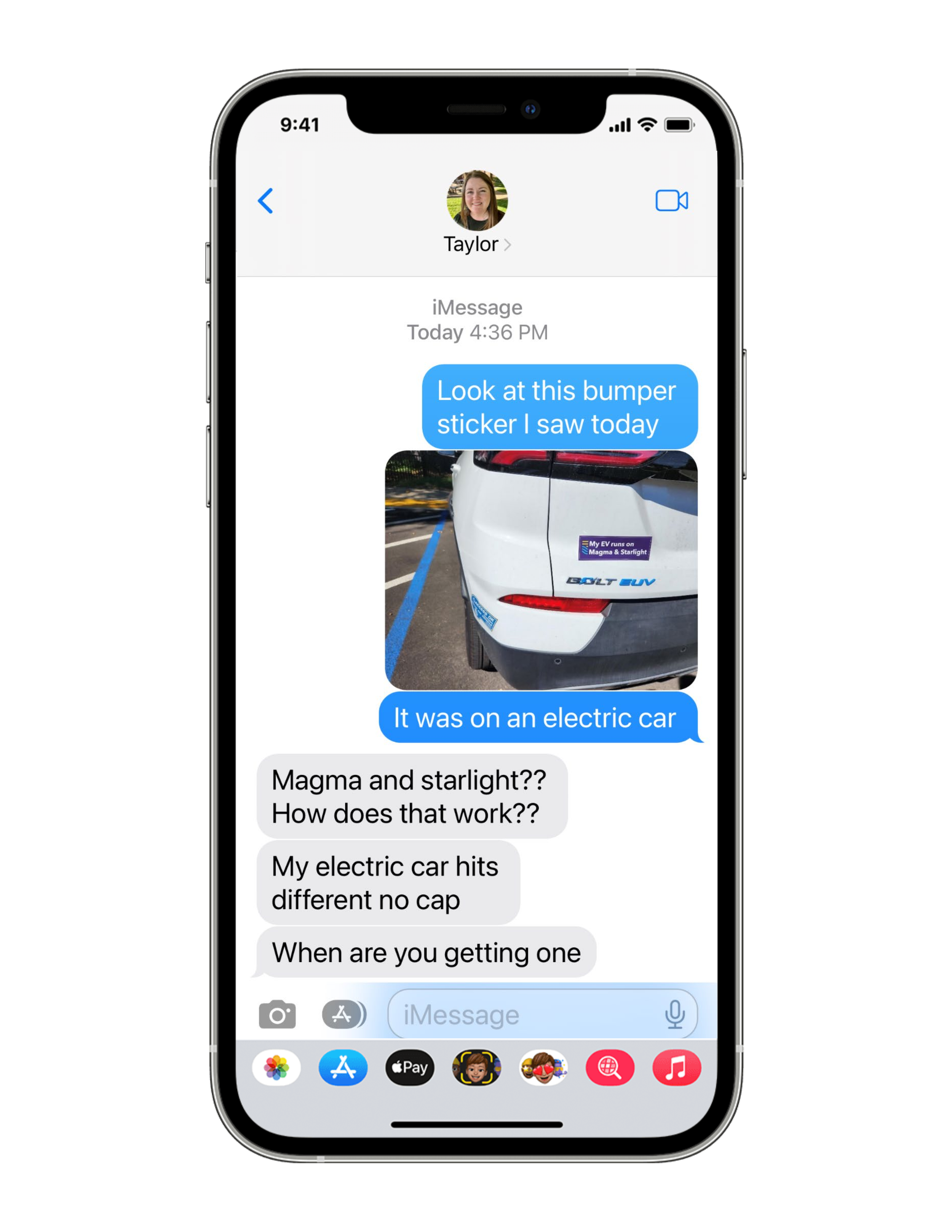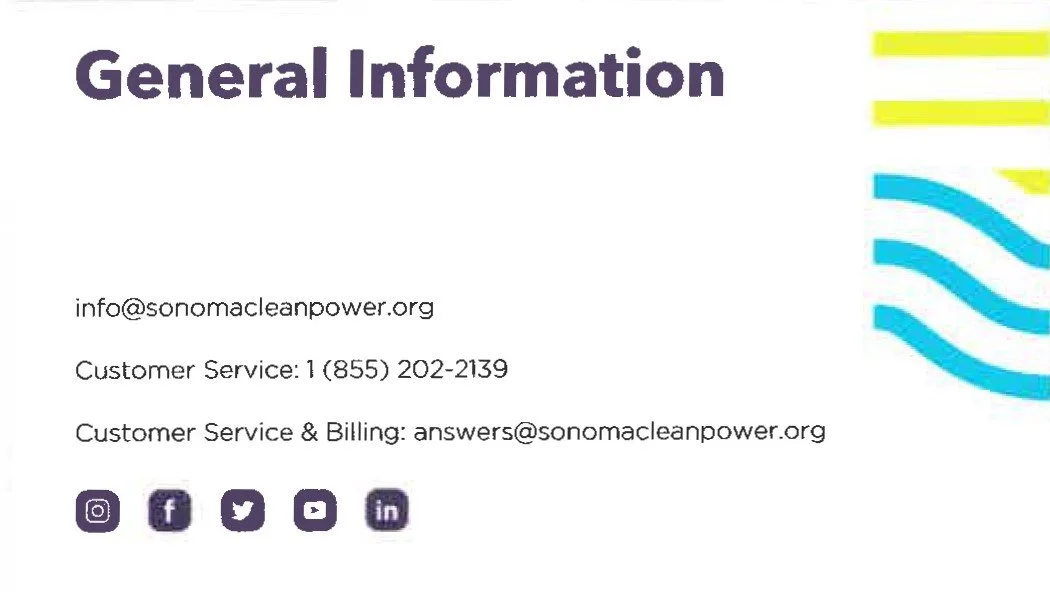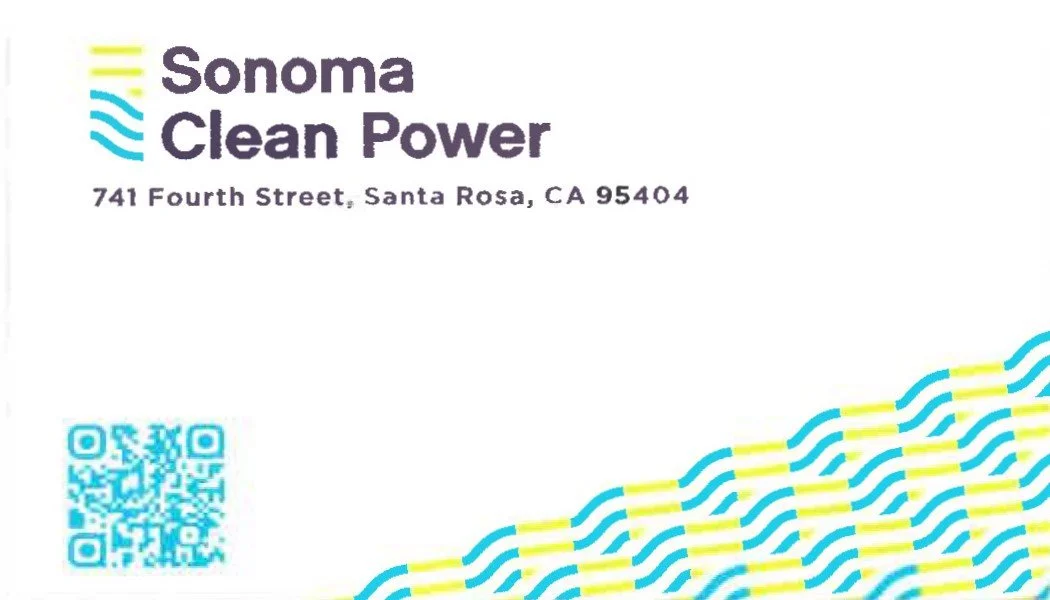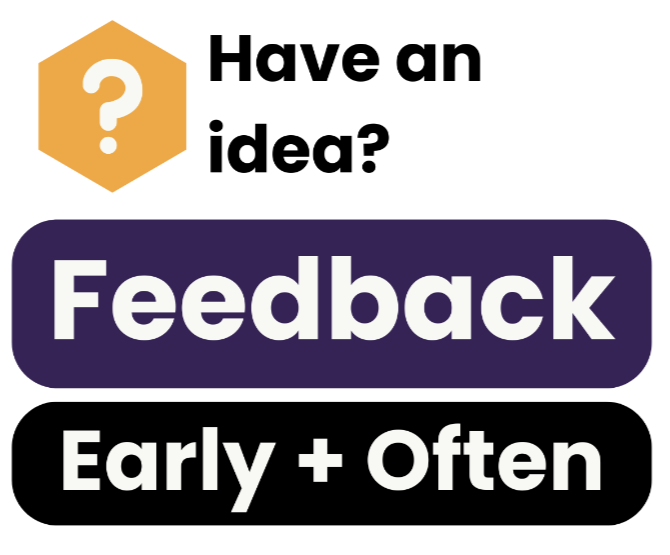
Big Question:
How might we reduce electricity use during the peak hours of 4:00 PM to 9:00 PM without increasing greenhouse gas emissions?
Get Started!
Duck Curve Challenge
VIEW ALL CHALLENGES
Exploring Solutions to the Solar Surge
-
As students learn more about the context and local landscape surrounding this challenge, they should use the following themes to guide their solutions.
1.) Behavior-Based Solutions
Changing people's behaviors is a complex feat that requires a human-centered approach. Behaviors can be driven by people's values, beliefs, biases, and various other factors that move people to act. To add to this complexity, good solutions will not just consider one person’s behaviors but should look for behavior trends. Pinpointing the primary driver of a group of peoples’ behaviors might require you to think like a behavioral scientist (psychologist or anthropologist). As you consider different Behavior-Based Solutions, make things easier on yourself by targeting a specific user.
2.) Technology-Based Solutions
Technology can be an easy way to automate or augment our behavior, choices, or actions. Technology can be programmed or receive signals to automatically respond as needed. While technology can create easier changes and lead to greater efficiency, people still need to install these technologies in their homes or businesses. As you consider different Technology-Based Solutions, think about the innovation adoption lifecycle—how are you going to get people to use your solution? Furthermore, how will your technology-based solution interface with the user?
-
Once enrolled in the challenge, your task is to utilize the phases of the challenge to gain INSPIRATION, IDEATE a potential solution, and articulate how you would IMPLEMENT your solution within Sonoma Clean Power’s framework.
During the final phase of the challenge, the Test Phase, teachers will nominate the top solutions for the Duck Curve Challenge Exhibition event. Sonoma Clean Power will visit your school to view each solution.
The winning solution will earn a student/group prize of $1,000!
-
Participants/teams should adequately explain how their idea provides a solution to the challenge while also making sure they address the core criteria below. The criteria below will be used to evaluate the final solution presentations and award a winner. Click HERE to get a more in-depth description and outline of each scoring element.
Practicality (Fundamental Criteria):
··· Is the proposed solution practical and viable?
··· Is the proposed idea capable of working successfully? Is it feasible?
Creativity Criteria:
··· How well does the project show originality, creativity, and/or innovation?
··· How well does the business model address the potential impact of the big problem?
··· The applicant clearly identified the funding amount requested and how the funding would be used including a performance statement (P & L statement or income statement)
··· The applicant has a clear goal and/or concept
Sustainability & Equity Criteria:
··· Assess the Communities’ Needs
··· Establish Community-Led Decision-Making
··· Develop Metrics and a Plan for Tracking
··· Ensure Funding and Program Leveraging
··· Improve Outcomes
Overall Quality Criteria:
··· Rate the overall (content) quality of the pitch
··· Rate the overall (delivery) quality of the pitch.
-
Every Ready.Go Challenge is broken into SIX sequential phases. If you are a teacher trying to get your students to participate in a challenge, please start by enrolling your class(es) during the Roll Call Phase. By enrolling your class(es), we can offer you and your students support throughout the challenge and get you the information you need to help your students design, refine, and submit solutions that can win prizes.
If you are a participating student, begin the Roll Call Phase by learning as much about the challenge as possible. Get organized and Get Ready!
Stay connected with the challenge by following us on Instagram and Twitter. We will be launching each phase synchronously, which means students from around the county will be engaging in the challenge at the same time. Connect and collaborate with us, our sponsors, and other students by getting your comms up and running.
Finally, to become eligible for the awards and incentives connected to the Duck Curve Challenge you must submit THREE final products:
Solution Preliminary Design (2-Pager) | Ideate Phase
Solution Implementation Plan | Prototype Phase
Media Artifact | Prototype Phases
In May, you will "test" your solution during an onsite (at your school) exhibition. Sonoma Clean Power representatives will visit you for scoring. All exhibitions will be scheduled during the month of May. A specific date will be scheduled individually. Please contact Lauren Liotta (lliotta@scoe.org) to schedule your exhibition!
Judges will evaluate and provide feedback on the final presentations and award a winning team. Ready.Go.
How might we reduce electricity use during the peak hours of 4:00 PM to 9:00 PM without increasing greenhouse gas emissions?
SPONSORS
The Challenge
Overview
Teachers—enroll your class(es) in the challenge to receive support
Students—enroll if you are participating in this challenge on your own
View the Teacher Guide to the right for more details!
Enroll in this challenge to receive updates and support. Let’s make an impact together!
—Design Team
Get Connected!
Roll Call Phase
Focus of the Roll Call Phase:
Get familiar with the challenge. Check out the tabs below to learn more about how the challenge works, what kind of solutions we are looking for, and what some first steps might be. Hint: You don’t always need to start with what you know; sometimes It is just as important to understand what you don’t know about a topic,
Get a Spark!
Empathy Phase
Focus of the Empathy Phase:
Build a deeper understanding of the challenge by looking for users (customers) and needs within the context of Sonoma Clean Powers public power provider.
-
The Duck Curve Challenge, at its core, is a design challenge. Think of yourself as a designer and put yourself in the shoes of an employee at Sonoma Clean Power. What can you learn about Sonoma Clean Power to help you understand the context of energy usage in Sonoma County? What role does Sonoma Clean Power play? Who does Sonoma Clean Power serve? What other questions do you have about this challenge, energy, or Sonoma Clean Power?
•••Practice EMPATHY as both a skill and a mindset. It may require you to COMMUNICATE with different “users” to better understand the driving question: “How might we reduce electricity use during the peak hours of 4:00 PM to 9:00 PM?”
-
How might you build empathy?
•••Before the Empathy Interview•••
IDEO Toolkit | IDEO Toolkit Preparing a Question Guide (Page 31)
Tips for Preparing | Preparing for Empathy Interviews
•••During the Empathy Interview•••
Engaging & Recording | Recording Empathy Interviews
Printable Worksheet | Preparing and Recording (Pages 13 & 14)
•••After the Empathy Interview•••
IDEO Toolkit | Empathy Map (PagePrintable Worksheet 19)
-
From the time the challenge is launched to the final exhibition, you can connect with us to receive support. Furthermore, if you would like to connect with other participants to collaborate on how to tackle this challenge in the classroom, we are happy to help coordinate.
Connect with our College & Career Readiness Force to explore coaching support, Work-Based Learning guidance, and PBL integration. This website is also a potential resource for all things Work-Based Learning and PBL.
Or…reach out to us with any technical questions or other inquiries related to the Ready.Go Challenges.
Lauren Liotta | lliotta@scoe.org
707-524-2909
Integrating the Sonoma County Portrait of a Graduate Outcomes
What is Empathy?
To succeed, you need to understand the experiences, perspectives, and needs of people around you. Navigate relationships with generosity and patience. Imagine yourself in someone else’s shoes, then put into practice the emotional sensitivity you learn in the process.
Case File #1
What else do you need to know about the “Duck Curve” in order to understand why it creates a problem for Sonoma Clean Power and its customers?
Sonoma Clean Power Case Files
Engage and use the following documents and resources to empathize with Sonoma Clean Power’s role and approach to energy in Sonoma County.
Request an Empathy Interview
•••
Request an Empathy Interview •••
-
To complement the Case Files, we hope to provoke your thinking and help you design creative solutions by engaging in activities, discussions, and exercises called “Challenge Drops.” On top of igniting & cultivating your ideas, these “drops” of new content will help you as a designer and innovator build a deeper understanding of how the Portrait of Graduate (PoG) outcomes (empathy, curiosity, initiative, communication, collaboration, and ethics) show up in Sonoma Clean Power’s work. Sonoma Clean Power and SCOE will facilitate Challenge Drops as requested.
Check out an overview of the Challenge Drops•••
What IS the Duck Curve?
Click the picture below to watch the introduction video from Sonoma Clean Power and learn more about the Energy Production and the Duck Curve!
Watch the Empathy Interview linked to the left or click the “Sign Up” icon above to request your own Empathy Interview Challenge Drop!
Playlist | Straight from Sonoma Clean Power
Case File #2
What do you need to know about GridSavvy Rewards? Where can you go to find out more about this Sonoma Clean Power Program? Who could you ask?
Case File #3
Who does Sonoma Clean Power Serve? How does their service model work? How much can you learn about who SCP is and what they do? Watch the videos below to learn more.

Define Phase
Focus of the Define Phase:
Continue to find more information, stay curious, and eventually narrow your focus by synthesizing your learning. Try to avoid jumping straight to solutions.
-
Designers should engage in defining the problem more clearly. What are peak hours? Why is it essential to reduce electricity use during these hours? How are we currently navigating energy consumption & production? Who/what is driving our energy usage?
Once students have a more comprehensive grasp of the problem they should draw on what they learned during the empathy phase to begin reframing the driving question to account for a particular “user” and “need”.
Students (designers) should try and rewrite the driving question (“How might we reduce electricity use between the peak hours or 4-9 PM without increasing greenhouse gas emissions?”) by more clearly defining who the “we” is in the question. In other words, get specific about who your target audience is—what “user” of electricity should reduce their usage. Lastly, modify the initial question further by identifying the “need” that is currently outweighing the reduction in electricity use during peak hours. For example, if you decide you want dishwashers (your user) to reduce the time they spend washing dishes (to reduce their overall energy usage), then can you pinpoint what “need” is keeping them from making this shift? By identifying this need, you are incorporating a surprising insight into the driving question—“If you want to create more innovative solutions, find more interesting problems.”
By the end of the Define Phase, students should have rewritten the “how might we” question that accounts for the “user” and their “needs”.
-
“Big Think” Curiosity Resources:
Strange Maps | Electricity by State
Heat Pumps | Solution from the 1800s
IDEO | Design Thinking Resources:
-
From the time the challenge is launched to the final exhibition, you can connect with us to receive support. Furthermore, if you would like to connect with other participants to collaborate on how to tackle this challenge in the classroom, we are happy to help coordinate.
Connect with our College & Career Readiness Force to explore coaching support, Work-Based Learning guidance, and PBL integration. This website is also a potential resource for all things Work-Based Learning and PBL.
Or…reach out to us with any technical questions or other inquiries related to the Ready.Go Challenges.
Lauren Liotta | lliotta@scoe.org | (707) 524-2909
Integrating the Sonoma County Portrait of a Graduate Outcomes
What is Curiosity?
To thrive in the future, you will need a sense of wonder about the unknown, interest in what’s new, and a hunger for engaging with the world. Give yourself permission to ask questions and take advantage of opportunities; go explore what’s out there.
Sonoma Clean Power Case Files
Engage and use the following documents and resources to empathize with Sonoma Clean Power’s role and approach to energy in Sonoma County.
Bumper Sticker Curiosity
Case File #4
Who are Sonoma Clean Power’s customers? How can you begin to pinpoint a specific “user” who you want to design your solution for?
Case File #5
What are examples of other solutions that have been implemented by Sonoma Clean Power & other energy providers? How can utilize incentives or deterrents in a solution?
Case Files #6 & #7
What other programs does Sonoma Clean Power Offer? Besides programs, what are some other ways Sonoma Clean Power tried to reduce energy usage?

Ideate Phase
Focus of the Ideate Phase:
Move from inspiration & understanding to idea-generating and problem-solving with purpose.
Integrating the Sonoma County Portrait of a Graduate Outcomes
What is Collaboration?
By joining forces with others, you make room for a diverse range of voices, skills, and perspectives. More than just working together, you can go beyond getting the best work done to bring the best out in each other.
-
Now students can start thinking about solutions to the driving question—more specifically, solutions that could be implemented by Sonoma Clean Power. Coming up with a creative and innovative solution is not easy, but remember, designing is an iterative process, so ideas should develop and grow over time.
By the end of the Ideate Phase, students will need to complete a Solution Preliminary Design to flesh out their initial idea/concept.
SCP Solution Preliminary Design Template
How you might get there•••
Designers should use the following solution themes to guide their ideas/concepts.
1.) Behavior-Based Solutions
Changing people's behaviors is a complex feat that requires a human-centered approach. Behaviors can be driven by people's values, beliefs, biases, and various other factors that move people to act. To add to this complexity, good solutions will not just consider one person’s behaviors but should look for behavior trends. Pinpointing the primary driver of a group of peoples’ behaviors might require you to think like a behavioral scientist (psychologist or anthropologist). As you consider different Behavior-Based Solutions, make things easier on yourself by targeting a specific user.
2.) Technology-Based Solutions
Technology can be an easy way to automate or augment our behavior, choices, or actions. Technology can be programmed or receive signals to automatically respond as needed. While technology can create easier changes and lead to greater efficiency, people still need to install these technologies in their homes or businesses. As you consider different Technology-Based Solutions, think about the innovation adoption lifecycle—how are you going to get people to use your solution? Furthermore, how will your technology-based solution interface with the user?
-
Taking Initiative Example | How IDEO takes action and makes an impact.
IDEO Tool/Method | How do you solicit feedback?
IDEO Tool/Method | Build and Run Prototypes
-
From the time the challenge is launched to the final exhibition, you can connect with us to receive support. Furthermore, if you would like to connect with other participants to collaborate on how to tackle this challenge in the classroom, we are happy to help coordinate.
Connect with our College & Career Readiness Force to explore coaching support, Work-Based Learning guidance, and PBL integration. This website is also a potential resource for all things Work-Based Learning and PBL.
Or…reach out to us with any technical questions or other inquiries related to the Ready.Go Challenges.
Lauren Liotta | lliotta@scoe.org | (707) 524-2909
Sonoma Clean Power Case Files
Engage and use the following documents and resources to empathize with Sonoma Clean Power’s role and approach to energy in Sonoma County.
How are you COLLABORATING?
Get Feedback Now
•••
Get Feedback Now •••
Get Feedback on your Preliminary Design
As you exit the Ideate Phase, your goal should be to have an initial solution that addresses the driving question "How might we reduce electricity use during the peak hours of 4-9 PM?'. Ideation is a process, and with this in mind, you should consider getting some early feedback on your idea(s). If you have completed a preliminary design, feel free to sign up to receive feedback directly from a representative at Sonoma Clean Power or Sonoma County Office of Education. If you are not ready for feedback from an expert, try getting some feedback from peers or potential user.
Case Files #8 & #9
Think about your initial solutions, how do SCP’s Advanced Energy Center and the videos they produce serve as solutions to this challenge?
Ready for feedback on your design? Sonoma Clean Power and representatives from the Sonoma County Office of Education are ready to view your solution and offer feedback. Sign up now by clicking the button below!

Prototype Phase
Focus of the Prototype Phase:
Ideas should evolve. To speed up the maturity of an idea, you should build prototypes, get feedback, and iterate. In this phase, pressure-test your ideas…is your idea viable, feasible, and desirable.
-
By the end of this phase, students should have pressure-tested their ideas by prototyping and pitching their ideas to a diverse audience. This starts with giving their idea more shape by utilizing the Solution Implementation Plan. At Sonoma Clean Power, all new program ideas must be filtered through the Solution Implementation Plan. Therefore, we want your students to go through the same process. Remember, students need to ensure that their idea will work within Sonoma Clean Power’s context—completing a Solution Implementation Plan will help determine if their idea “fits”.
Once students have a workable prototype that is FEASIBLE, VIABLE, and DESIRABLE, students need to find a way to display or present their solutions in a dynamic way (slide deck, demonstration, a physical prototype, artistic representation, etc.). Lastly, they should feel comfortable speaking about each segment of the Solution Implementation Plan.
-
IDEO Tool/Method | Don’t Fall Too in Love with your Solution
-
From the time the challenge is launched to the final exhibition, you can connect with us to receive support. Furthermore, if you would like to connect with other participants to collaborate on how to tackle this challenge in the classroom, we are happy to help coordinate.
Connect with our College & Career Readiness Force to explore coaching support, Work-Based Learning guidance, and PBL integration. This website is also a potential resource for all things Work-Based Learning and PBL.
Or…reach out to us with any technical questions or other inquiries related to the Ready.Go Challenges.
Lauren Liotta | lliotta@scoe.org | (707) 524-2909
What does ChatGPT have to say about Refinement?
Insight from AI
“Stay Flexible. Be open to making changes to your idea as you refine it.”
-ChatGPT
Start your Solution Implementation Plan | Make a Copy
Employees at Sonoma Clean Power with program ideas go through a formalized process to turn their ideas into programs. Ultimately, we all want to invest in ideas and solutions that make a difference in our community and improve our environment, but these ideas and solutions also need to be feasible, viable, and relevant. Utilize the Solution Implementation Plan to help you think through your ideas/solutions and prepare to receive feedback before pitching it to Sonoma Clean Power.
Get Feedback (again) on your Design
As you exit the Prototype Phase, your goal should be to have a refined solution that addresses the driving question "How might we reduce electricity use during the peak hours of 4-9 PM?'. Ideation is a process, and with this in mind, you should consider getting additional feedback on your idea(s). If you have completed a design for your solution preliminary design, feel free to sign up to receive feedback directly from a representative at Sonoma Clean Power or Sonoma County Office of Education. If you are not ready for extra feedback from an expert, try getting some feedback from peers or potential user.
Take Initiative!
Integrating the Sonoma County Portrait of a Graduate Outcomes
What is Initiative?
You shouldn’t have to wait to be told what to do. Seize opportunities to grow, explore, and lead by combining hard work and determination with purpose and critical thinking. Don’t hesitate until the crowd catches up — dive in.

Challenge Exhibition
〰️
Challenge Exhibition 〰️
Test Phase
Preparing for an Exhibition
-
Once enrolled in the challenge, your task is to utilize the phases of the challenge to gain INSPIRATION, IDEATE a potential solution, and articulate how you would IMPLEMENT your solution within Sonoma Clean Power’s framework.
During the final phase of the challenge, the Test Phase, teachers will help students prepare their solutions for the Duck Curve Challenge Exhibition event. Sonoma Clean Power can help review and provide final feedback on solutions, but at this point, students should be ready to TEST their solutions and implementation plans. Exhibitions will be held virtually or at school sites in May.
The winning solution earns $1000!
-
Participants/teams should adequately explain how their idea provides a solution to the challenge while also making sure they address the core criteria below. The criteria below will be used to evaluate final solution presentations and award winners. Click HERE to get a more in-depth description and outline of each scoring element.
Practicality (Fundamental Criteria):
··· Is the proposed solution practical and viable?
··· Is the proposed idea capable of working successfully? Is it feasible?
Creativity Criteria:
··· How well does the project show originality, creativity, and/or innovation?
··· How well does the business model address the potential impact of the big problem?
··· The applicant clearly identified the funding amount requested and how the funding would be used including a performance statement (P & L statement or income statement)
··· The applicant has a clear goal and/or concept
Sustainability & Equity Criteria:
··· Assess the Communities’ Needs
··· Establish Community-Led Decision-Making
··· Develop Metrics and a Plan for Tracking
··· Ensure Funding and Program Leveraging
··· Improve Outcomes
Overall Quality Criteria:
··· Rate the overall (content) quality of the pitch
··· Rate the overall (delivery) quality of the pitch.
Integrating the Sonoma County Portrait of a Graduate Outcomes
What is Communication?
By joining forces with others, you make room for a diverse range of voices, skills, and perspectives. More than just working together, you can go beyond getting the best work done to bring the best out in each other.












